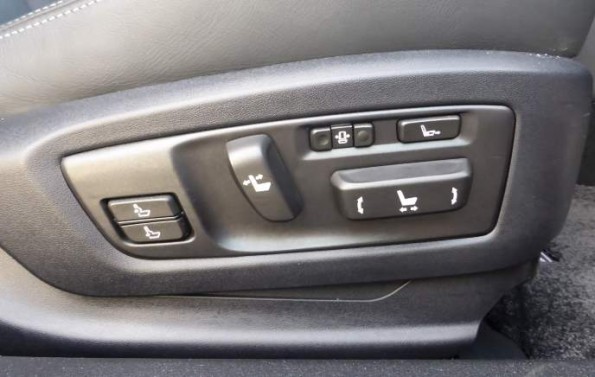Drivers often experience pain due to prolonged periods of sitting in one position behind the wheel. Sitting for extended periods can cause muscle tension, stiffness, and pain in the back, neck, and shoulders, plus lack of blood flow to the lower legs.
Additionally, the driving position can also contribute to pain developing. Improper seat adjustment, such as a seat that is too far away from the pedals or one that is not angled correctly, can lead to poor posture and increased pressure on various parts of the body.
Furthermore, poor driving habits such as leaning forward, hunching over the steering wheel, or sitting with the back unsupported can also cause pain.
Other factors that can contribute to pain in drivers include stress, poor diet, lack of exercise, and underlying medical conditions such as arthritis or sciatica.
Pain while driving commonly happens in these areas:
- Back – commonly manifests in the lumbar area; newer vehicles frequently have adjustable lumbar support in the seat.
- Neck – commonly caused by craning the neck forwards, using poor posture, or not moving the head enough on long journeys
- Head – headaches are common due to tension in the shoulders, plus dehydration
- Eyes – eye strain can happen after a few hours on the road, particularly if the conditions are challenging such as fog or heavy rain
- Hips – hips can be thrown out of alignment if the driver has something in a back pocket, or has nowhere to rest their left leg, or the pedals are offset, or they slouch to the side, e.g. leaning against the door.
To prevent pain while driving, it’s essential to maintain good posture and take frequent breaks to stretch and move around. Adjusting the seat and steering wheel to ensure proper alignment can also help alleviate pain. If the seat is uncomfortable, using a cushion to bolster it can make all the difference.
Staying fit, getting regular massages or other treatments, and using over-the-counter medication (sparingly) can help with pain management.
Many vehicles have seats which can be adjusted in multiple ways.

While there are some seat settings which are better than others, using a variety of settings can help prevent the driver from slipping into one position that causes stiffness.
